 March 2016
Resource Prospector – a Lunar Pathfinder
March 2016
Resource Prospector – a Lunar Pathfinder
... (NSS) and Near Infrared Volatiles Spectrometer System (NIRVSS). Entering permanent shadows. RP15 will navigate simulated ‘Permanently-Shadowed Regions’ (PSRs) to aid in understanding navigation, positioning and measurement difficulties in rover...
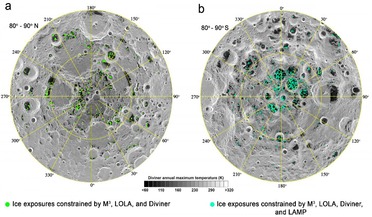 22 August 2018
Definitive evidence of water ice on the Moon's surface
22 August 2018
Definitive evidence of water ice on the Moon's surface
... difficult to analyse as usually the mapper measures reflected light from the illuminated regions on the Moon. In the cold, dark depths of the permanently shadowed regions, where the warmest temperatures never reach above minus 120 degrees celsius...
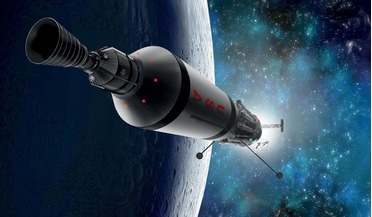 January 2018
Creating a viable cislunar economy
January 2018
Creating a viable cislunar economy
...Earth, Moon and the immediate neighbourhood, including the region that contains near Earth objects (NEOs) or asteroids... of water in the inner solar system. The permanently shadowed regions near the poles of the Moon harbour significant quantities...
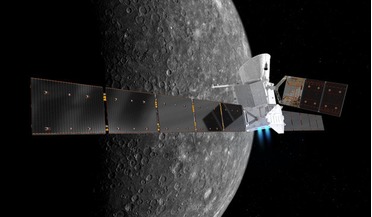 19 October 2018
Countdown begins for the launch of BepiColombo
19 October 2018
Countdown begins for the launch of BepiColombo
... 'down.’ This tiny tilt also ensures that Mercury has permanently shadowed regions at its poles that never see the light of day...another curious consequence; on Mercury’s equator, there are two regions that are 180 degrees apart, which always have the ...
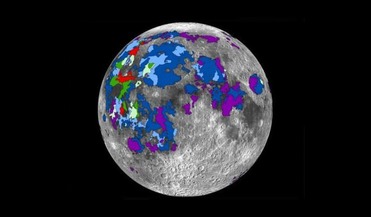 06 October 2017
Volcanic activity gave the early Moon an atmosphere
06 October 2017
Volcanic activity gave the early Moon an atmosphere
... since been lost to space. It is possible however, that some of these volatiles may have ended up in the permanently shadowed regions on the lunar surface as hydrogen deposits - deposits that are currently suspected to be made up of water. "The total...
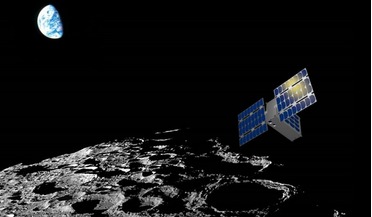 10 November 2017
CubeSat mission to measure water on the Moon
10 November 2017
CubeSat mission to measure water on the Moon
..., which is called the Mini Lunar Volatiles Mission, or MiLUV for short, could also study the Moon’s permanently shadowed regions that haven’t seen sunlight in perhaps a billion years or more, to show if and how surface volatiles vary as a function...